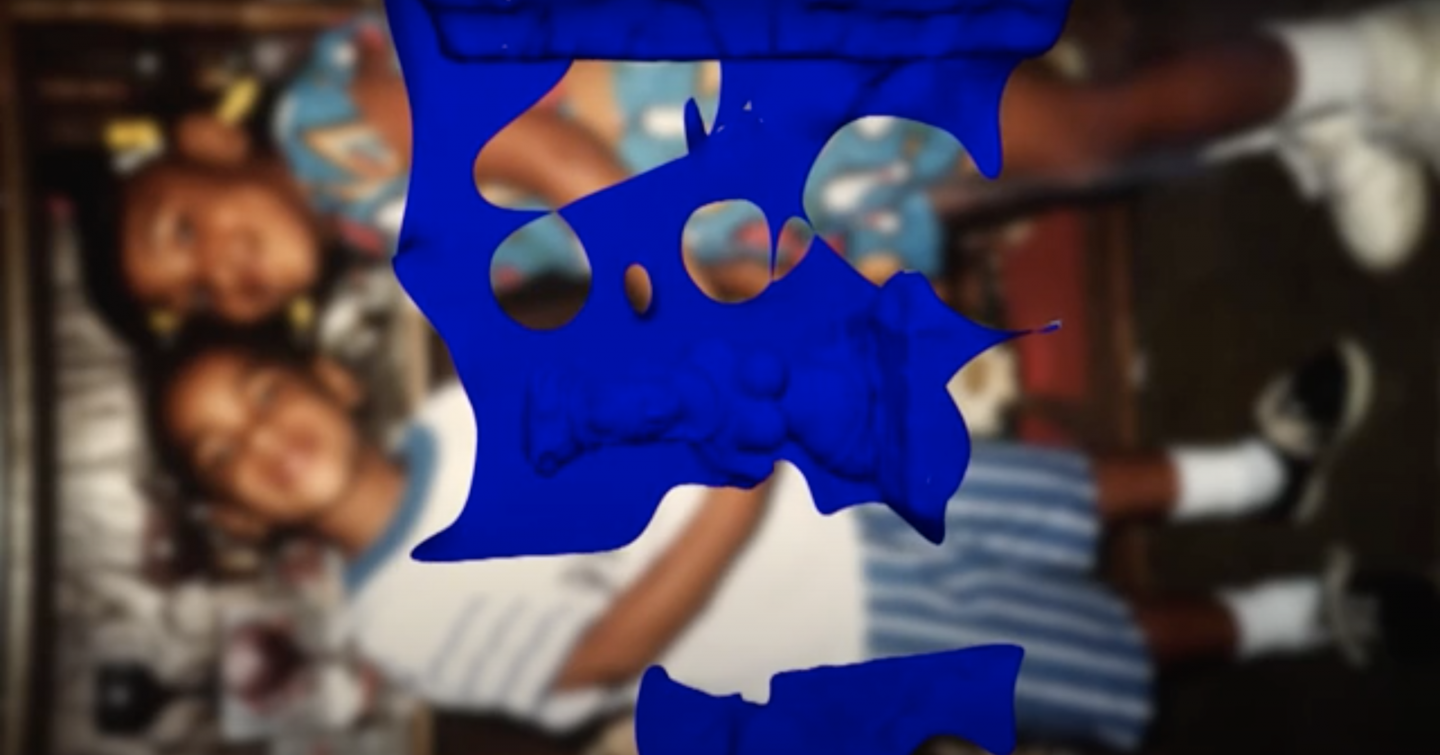Emily Ratajkowski's ‘The Cut’ Essay and Why We Can't Buy Our Way Out of Today's Toxic Image Economy
In the age of Instagram, who owns our images?
In the age of Instagram, who owns our images?

In ‘Buying Myself Back: When Does a Model Own her own Image?’, published in New York Magazine's The Cut earlier this month, the model and influencer Emily Ratajkowski narrates a history of men taking possession of her image. The article culminates in a bleak incident involving the photographer Jonathan Leder, who Ratajkowski claims sexually assaulted her during an unpaid photoshoot in 2012. He has since published three separate books of naked Polaroids of her taken at the time – a project she claims never to have agreed to. Other examples include being sued by a paparazzo in 2019 for posting a photograph on Instagram that he had taken of her, and discovering that she featured in Richard Prince’s ‘Instagram Paintings’ (2014): screenshots cribbed from Instagram, many of young and partially dressed women, printed onto large canvases and sold by Gagosian Gallery for upwards of US$80,000.

While Leder’s alleged behaviour is clearly abhorrent, when it comes to the dysfunctional symbiosis of celebrity and paparazzi, or the question of artistic licence, finding the moral high ground is not an easy task. Prince’s ‘Instagram Paintings’ come off as a tired and sleazy attempt at artistic provocation. As Hannah Jane Parkinson wrote in the Guardian in 2015, they have the feel of ‘the guy on the train who refuses to stop making rubbish jokes, while simultaneously looking down your top’. Yet, an artist’s right to respond to the voyeuristic and rampantly commercial image economy is worth defending. Ratajkowski’s Instagram account, from which Prince took the images, has more than 26 million followers. While certain of the model’s experiences within the industry may have been egregious, she now also holds a considerable amount of agency and power. When she writes: ‘I have learned that my image, my reflection, is not my own,’ it would be easy to overlook the fact that she has built an internationally successful career precisely on the trade and mass-dissemination of her likeness.

Whatever we think of Prince’s ‘Instagram Paintings’, Ratajkowski’s article relates a disquieting contemporary reality by now familiar to many: the severance of self from image, and the individual’s subsequent loss of control over the circulation, commodification and meaning of their visual likeness. When Frank Benson exhibited Juliana (2015) – a nude sculpture of the artist Juliana Huxtable made using 3D-scanning technology – at the 2015 Whitney Biennial, it was widely celebrated as a homage to trans bodies and brought both artists to international attention. Huxtable, however, does not share this point of view, and her subsequent bad feelings towards the work exemplify a profound confusion in contemporary discourse between visual exposure and personal empowerment. ‘I DONT TALK TO FRANK I RESENT THAT SCULPTURE I GOT PAID LITTLE TO NO MONEY FOR THAT’, she Tweeted this August. ‘IT IS A LITERAL EMBODIMENT OF EXPLOITATION I HAVE COME TO HATE IT’.
From data mining to deepfakes, technological advancements mean that it is no longer only a question of who owns your image but what it is being made to do. After performing the role of Jodie for the Playstation 3 game Beyond: Two Souls (2013), the actress Ellen Page became aware that naked scenes of her character were embedded in the code as a hidden feature, despite having never allowed a naked scan of her body. Artist Sondra Perry’s video IT’S IN THE GAME ’17 (2017) relates a similar experience of unwelcome animation: the sale of the visual profile of her brother, Sandy, a former college basketball player, to the video-game publisher EA sports, without his knowledge or financial compensation. In the film, Perry juxtaposes images of digitally animated basketball players with shots of Sandy walking through a museological display of African artefacts, drawing parallels between the digital capture and sale of black athletes and histories of colonialism and slavery.

As the title to Ratajkowski’s article suggests, one solution she proposes to the problem of being dispossessed is to buy her image back. One of Prince’s ‘Instagram Paintings’, featuring a shot of Ratajkowski originally taken for the men’s magazine Sports Illustrated, now hangs in her Los Angeles home. In October 2019, she posted a picture herself posing in front of the artwork that accrued 1.5 million likes: the ‘lost’ image reintegrated into the personal brand.
Becoming the owner rather than the owned might provide a symbolic victory for those who can afford it. But any meaningful change to the prevailing image economy would require first breaking free of what cultural critic Mark Fisher termed, in Capitalist Realism (2009), a ‘business ontology’: the pervasive and fatalistic view that everything should be treated as a commercial enterprise. Extracting ourselves from such a paradigm may only be possible through a genuinely radical disinvestment in social media. The more reliant we become upon digital platforms that mediate and commodify our likenesses – and encourage us to do the same – the further we get from being able to conceive of identity as something more than a resource to be exploited.
Main image: Emily Ratajkowski on 11 September 2020 in New York City. Courtesy: Getty Images; photograph: Dia Dipasupil























